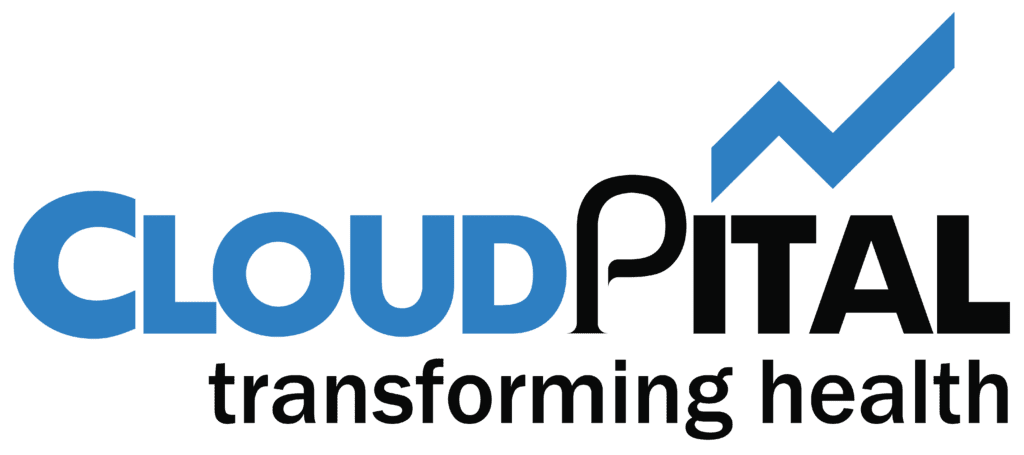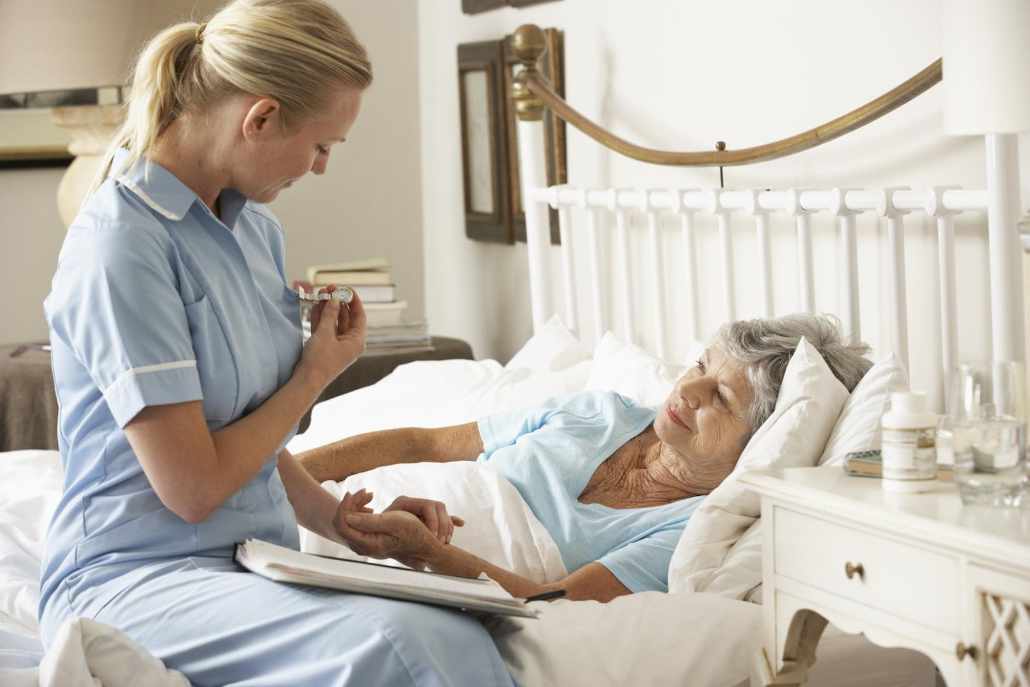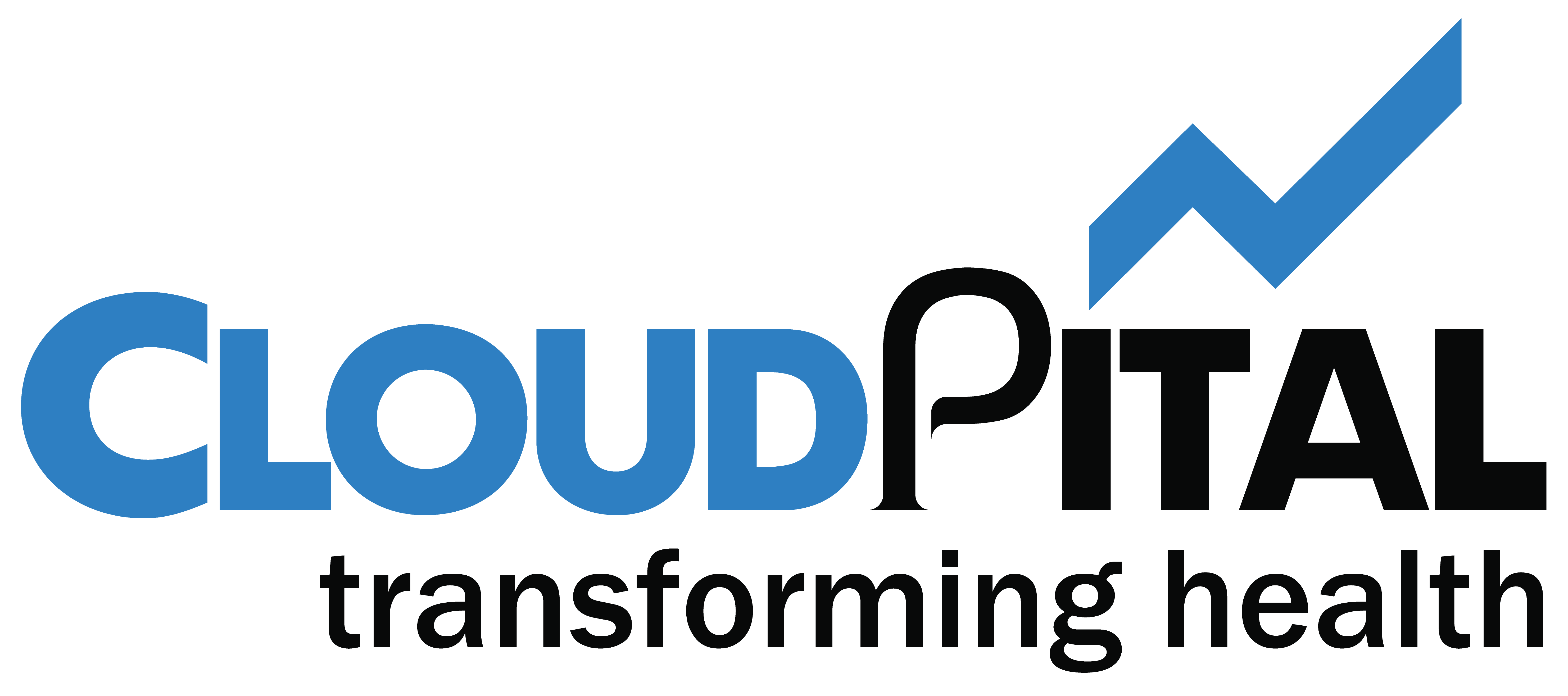
Cloudpital # 1 is one of the top Remote Patient Monitoring is designed to collect and analyze patient data from various medical devices in real-time. These systems enhance patient care by allowing healthcare providers to monitor patients’ health conditions continuously, even when they are not physically present at a healthcare facility. The success of RPM relies heavily on the compatibility and integration of various medical devices. Below is a detailed overview of the types of devices compatible with RPM systems, their functionalities, and their importance in patient care.
Click to Start Whatsapp Chatbot with Sales
Mobile: +966502737333
Email: sales@cloudpital.com
Cloudpital # 1 Remote Patient Monitoring

Blood Pressure Monitors
Blood pressure monitors are essential in Remote Patient Monitoring hypertension and cardiovascular conditions. These devices typically come in two forms:
- Upper Arm Blood Pressure Monitors: These are the most common and provide accurate readings of systolic and diastolic pressure along with heart rate. Devices like Omron’s Blood Pressure Monitors are widely used in RPM systems due to their reliability and ease of use.
- Wrist Blood Pressure Monitors: These are more portable and convenient, though sometimes less accurate than upper arm monitors. Brands like I Health offer wrist monitors compatible with RPM systems.
Both types of monitors connect to RPM systems via Bluetooth or Wi-Fi, allowing automatic data transfer and continuous monitoring.
Glucose Meters
For patients with diabetes, continuous monitoring of blood glucose levels is crucial. Compatible glucose meters for RPM systems include:
- Traditional Glucometers: These devices require a small blood sample to measure glucose levels. Examples include the Accu-Chek and OneTouch systems.
- Continuous Glucose Monitors (CGMs): Devices like the Dexcom G6 or Abbott’s FreeStyle Libre provide real-time glucose readings by measuring interstitial glucose levels via a sensor placed under the skin. CGMs offer significant advantages for RPM by providing continuous data without the need for multiple finger-pricks daily.
Both types of devices can sync with RPM systems through dedicated apps or direct integration, enabling real-time data sharing and alerts.
Weight Scales
Weight management is critical for patients with heart failure, obesity, or other chronic conditions. Digital weight scales compatible with RPM systems include:
- Standard Digital Scales: These scales, like those from Withings and FitBit, provide accurate weight measurements and often include additional metrics such as body mass index (BMI) and body composition.
- Smart Scales: Advanced scales like the Qardio Base 2 can measure weight, BMI, body fat percentage, and muscle mass. These devices connect to Remote Patient Monitoring systems via Bluetooth or Wi-Fi to track trends and detect sudden weight changes, which can indicate health issues.
Pulse Oximeters
Pulse oximeters measure oxygen saturation (SpO2) and heart rate, vital for patients with respiratory conditions like COPD or COVID-19. Compatible pulse oximeters include:
- Fingertip Pulse Oximeters: Devices such as the Nonin Onyx Vantage and Masimo MightySat offer accurate SpO2 readings and are easy to use.
- Wrist-based Pulse Oximeters: These provide continuous monitoring and are less obtrusive. Brands like Wellue offer models that integrate seamlessly with RPM systems.
Pulse oximeters transmit data via Bluetooth or Wi-Fi, ensuring continuous monitoring and immediate alerts for abnormal readings.

Thermometers
Accurate body temperature monitoring is essential for detecting infections and managing conditions like fever. RPM-compatible thermometers include:
- Digital Thermometers: Basic digital thermometers, such as those by Braun, provide quick and accurate readings.
- Smart Thermometers: Devices like the Kinsa Smart Thermometer connect to Hospice nursing systems via Bluetooth, allowing continuous tracking and trend analysis.
These devices help in early detection of fever, aiding in timely medical intervention.
ECG Monitors
Electrocardiogram (ECG) monitors are crucial for patients with cardiac conditions. Compatible devices for RPM systems include:
- Portable ECG Monitors: Devices like the KardiaMobile by AliveCor can record a medical-grade ECG in 30 seconds and are compact and portable.
- Wearable ECG Monitors: These devices, such as the Zio Patch, provide continuous monitoring over extended periods. They are particularly useful for detecting arrhythmias and other cardiac events.
ECG data can be transmitted to RPM systems for real-time analysis and immediate medical response.
Spirometers
Spirometers measure lung function and are essential for patients with asthma, COPD, and other respiratory conditions. RPM-compatible spirometers include:
- Handheld Spirometers: Devices like the Spirobank Smart are portable and easy to use, providing key metrics such as FEV1 and FVC.
- Smart Spirometers: Advanced models like the MIR Smart One connect via Bluetooth to provide real-time data to RPM systems.
These devices help monitor lung function trends and detect deteriorations early.
Wearable Devices
Wearable technology has revolutionized RPM by providing continuous monitoring of various health parameters. Key devices include:
- Smartwatches: Devices like the Apple Watch and Fitbit Sense offer heart rate monitoring, ECG, SpO2, and more. They sync seamlessly with RPM systems, providing a holistic view of the patient’s health.
- Fitness Trackers: Devices such as the Garmin Vivosmart track physical activity, heart rate, and sleep patterns, contributing to comprehensive health monitoring.
Wearables provide valuable data for proactive health management and early intervention.
Medication Adherence Tools
Ensuring patients take their medications as prescribed is crucial for treatment efficacy. Compatible tools include:
- Smart Pill Bottles: Devices like the AdhereTech Smart Pill Bottle remind patients to take their medication and track adherence.
- Pill Dispensers: Automated dispensers such as the MedMinder sync with RPM systems to monitor medication schedules and ensure compliance.
These tools help in managing chronic conditions by ensuring patients adhere to their prescribed treatments.
Telehealth Kits
Comprehensive Ophthalmology EMR in Saudi Arabia kits often include a combination of the above devices tailored to specific health conditions. These kits enable holistic monitoring and care. Examples include:
- Chronic Disease Management Kits: These may include a blood pressure monitor, glucometer, weight scale, and ECG monitor, all integrated with the RPM system.
- Post-Discharge Monitoring Kits: Designed for patients recently discharged from the hospital, these kits typically include devices to monitor vital signs and ensure smooth recovery at home.
Telehealth kits provide an all-in-one solution for continuous and comprehensive patient monitoring.
Integration and Connectivity
For effective RPM, seamless integration and connectivity of these devices with the central RPM system are paramount. Common methods include:
- Bluetooth: Many devices connect via Bluetooth to smartphones or tablets running dedicated apps, which then upload the data to the RPM system.
- Wi-Fi: Some devices connect directly to the internet, transmitting data to the RPM system in real-time.
- Cellular Networks: Certain RPM devices use cellular connectivity, ensuring data transmission even without local Wi-Fi.
- USB/Bluetooth Hubs: For devices without direct connectivity, USB or Bluetooth hubs can aggregate data and transmit it to the RPM system.
The choice of connectivity depends on the device, patient’s needs, and healthcare provider’s infrastructure.
Data Security and Privacy
Ensuring the security and privacy of patient data is crucial in RPM systems. Key measures include:
- Encryption: Data encryption during transmission and storage protects against unauthorized access.
- HIPAA Compliance: Devices and systems must comply with the Health Insurance Portability and Accountability Act (HIPAA) regulations, ensuring patient data confidentiality and security.
- Authentication and Authorization: Strong authentication and authorization mechanisms prevent unauthorized access to patient data.
- Regular Audits and Updates: Regular security audits and software updates help maintain the integrity and security of RPM systems.
Future Trends and Innovations
The future of RPM systems is promising, with advancements such as:
- AI and Machine Learning: Integrating AI can enhance data analysis, providing predictive insights and early warnings.
- Improved Wearable Technology: As wearable devices become more advanced, they will offer even more comprehensive health monitoring capabilities.
- Integration with Electronic Health Records (EHRs): Seamless integration with EHRs will streamline data sharing and improve care coordination.
- Enhanced Patient Engagement: User-friendly interfaces and patient portals will encourage active patient participation in their health management.
Conclusion
Remote Patient Monitoring systems significantly enhance healthcare delivery by enabling continuous monitoring and real-time data analysis. The compatibility and integration of various medical devices—such as blood pressure monitors, glucose meters, weight scales, pulse oximeters, thermometers, ECG monitors, spirometers, wearables, medication adherence tools, and telehealth kits—are essential for the success of RPM. With advancements in technology and connectivity, RPM systems are poised to become even more effective, providing better patient outcomes and more efficient healthcare delivery.
Click to Start Whatsapp Chatbot with Sales
Mobile: +966502737333
Email: sales@cloudpital.com
Remote Patient Monitoring
Remote Patient Monitoring
Remote Patient Monitoring
What devices are compatible with Remote Patient Monitoring system? similar software solutions prices were updated on 2024-07-27T11:20:08+00:00 in Saudi Arabia in Mecca, Medina, Riyadh, Khamis Mushait, Yanbu, Jeddah, Dammam, Unaizah, Uqair, Ha’il, Ta if, Al Bahah, Dhahran, King Abdullah Economic City, Najran, Diriyah, Qatif, Khafji, Jubail, Abqaiq, List of Cities and Towns in Saudi Arabia, Ras Tanura, Turubah, Jazan Economic City, Knowledge Economic City, Medina, Khobar, Abha, Tabuk, Saudi Arabia, similar software solutions prices were updated on 2024-07-27T11:20:08+00:00 We also provide in Saudi Arabia services solutions company in Hafar Al-Batin, Udhailiyah, Al-Awamiyah, Hofuf, Hautat Sudair, Buraidah, Tayma, Duba, ‘uyayna, Saihat, Al-Kharj, Al-ula, Jizan, Rumailah, Ar Rass, Arar, Shaybah, Al Majma’ah, Rabigh, Dhurma, Haradh, List of Saudi Cities by Gdp Per Capita, Badr, Sudair Industrial City, Baljurashi, Shaqraa, Al-Khutt, Habala, Ad Dawadimi, Dawadmi, Layla, similar software solutions prices were updated on 2024-07-27T11:20:08+00:00 Price is SAR 100 and this was updated on updated on 2024-07-27T11:20:08+00:00 similar What devices are compatible with Remote Patient Monitoring system? software solutions prices were updated on 2024-07-27T11:20:08+00:00 in Saudi Arabia in Haql, Afif, Al-Abwa, Farasan, Al-Jaroudiya, Thadig, Al-Thuqbah, Al Wajh, Almardmah, Al-Zilfi, Muzahmiyya, Prince Abdul Aziz Bin Mousaed Economic City, Tharmada’a, Skaka, Um Al-Sahek, Sharurah, Tanomah, Bisha, Dahaban, Al Qunfudhah, Qurayyat, Saudi Arabia, Ha’ir, as Sulayyil, Al Lith, Turaif, Al-Gway’iyyah, Samtah, Wadi Ad-Dawasir, Az Zaimah, Safwa City, Jalajil, Harmah, Mastoorah, Hotat Bani Tamim, Jabal Umm Al Ru’us, Rafha, Qaisumah, Al-Ghat, Hajrah, Al-Hareeq. Excerpt: Jeddah (also spelled Jiddah, Jidda, or Jedda; Arabic: Jidda) is a Saudi Arabian city located on the coast of the Red Sea and is the major urban center of western Saudi Arabia similar software solutions prices were updated on 2024-07-27T11:20:08+00:00 Price is SAR 100 and this was updated on updated on 2024-07-27T11:20:08+00:00
17-5-2024

